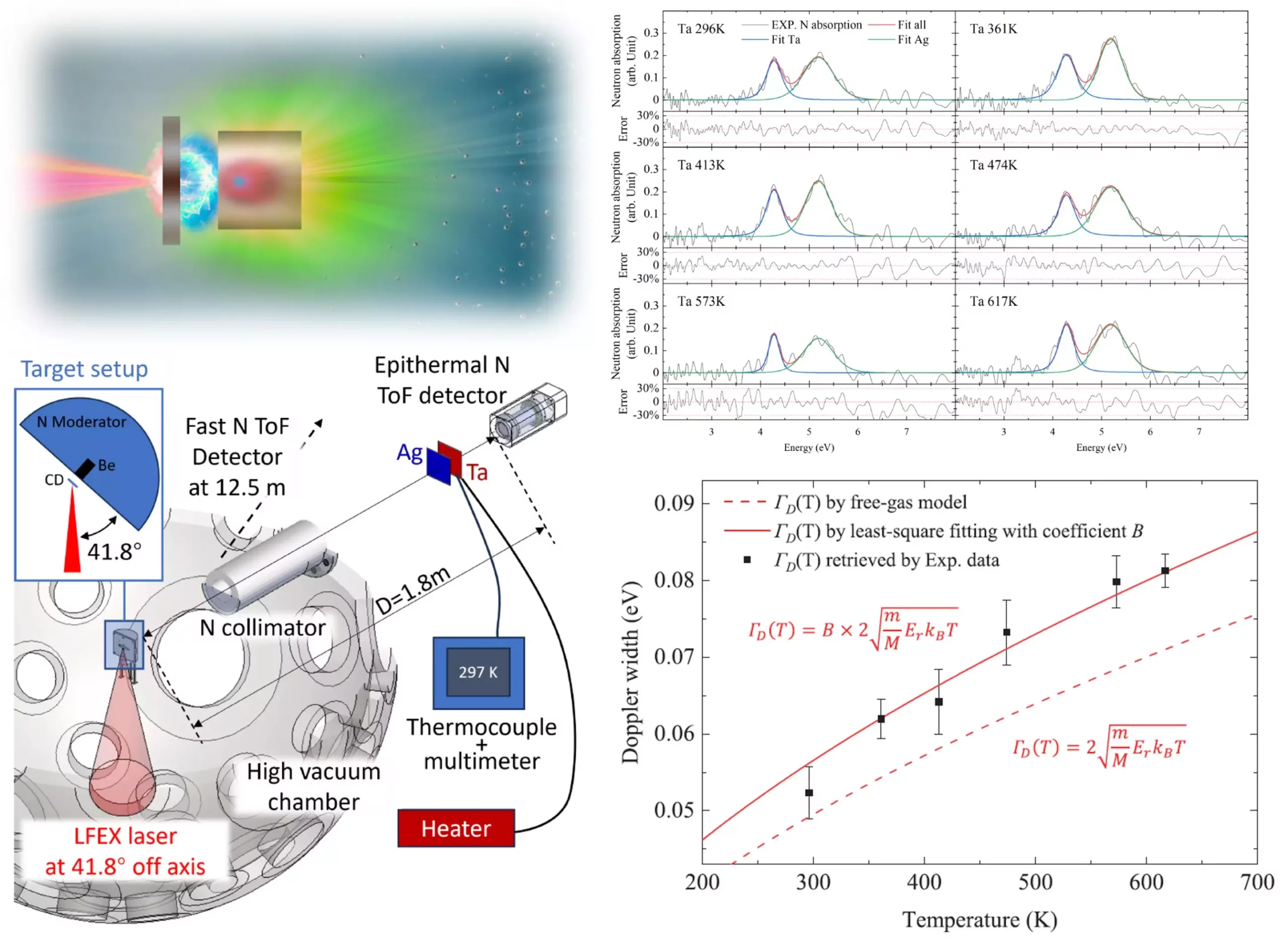In an era powered by technological advancements, the efficiency of electronic devices has become paramount. From smartphones to electric vehicles, we rely heavily on consistent and reliable performance. Yet, as electronic components become more advanced, accurately gauging the internal temperatures of these devices remains a formidable challenge. This limitation hampers our ability to effectively monitor performance, control operational conditions, and forecast potential failures. Given that temperature plays a pivotal role in the performance and longevity of electronic devices, the development of accurate, fast, and non-invasive temperature measurement techniques is crucial.
The Breakthrough: Neutron Resonance Absorption (NRA)
Recent research spearheaded by scientists at Osaka University has introduced a groundbreaking approach to temperature measurement by utilizing neutron resonance absorption (NRA). This innovative technique relies on the interaction of neutrons with atomic nuclei at specific energy levels, enabling researchers to derive valuable information about material properties. Unlike traditional measurement methods, which often involve lag or indirect assessments, NRA allows for rapid and precise temperature readings. This leap forward marks a significant milestone in electronics research, providing a pathway to more efficient devices.
The study’s methodology is particularly fascinating. Neutrons generated through high-intensity laser beams are decelerated to a low energy before being directed toward a sample. In these experiments, tantalum and silver plates were examined, yielding comprehensive insights into material properties and temperature fluctuations with remarkable speed. This newfound ability means that researchers can adapt their approaches based on real-time temperature variations, tailoring device performance on-the-fly.
The Advantages of Non-Destructive Measurement Techniques
One of the standout features of the new NRA method is its non-destructive nature. Zechen Lan, the lead author of the study, emphasized its potential applications in monitoring critical electronic components such as batteries and semiconductors without compromising their integrity. This contrasts sharply with conventional techniques that often require physical alterations to the device to measure temperature. By preserving the functionality of the evaluated components, this technique can ultimately lead to enhanced understanding and innovation within the electronics field.
The temporal resolution of this technique is nothing short of remarkable; measurements can be taken within a mere 100 nanoseconds. This inherent speed allows researchers to capture thermal dynamics in instances where even slight temperature variations could have implications for device reliability and performance. Such precision offers a glimpse into material behavior under a range of conditions, enriching our understanding of electronic operation.
Implications for Advancing Electronic Technology
The implications of this research are profound. By offering unparalleled insights into the behavior of materials at extremely short timescales, the NRA method can facilitate a more nuanced understanding of standard operating conditions. Moreover, it has the potential to uncover underlying abnormalities that could jeopardize device performance. Senior author Akifumi Yogo stressed that while using lasers for neutron generation is not a new concept, the refined techniques developed during this study reflect significant progress in the field and the expectations for improved knowledge of electronic systems.
Furthermore, the compact size of the measurement device stands out as an additional achievement of this research. Measuring aproximadamente one-tenth the size of conventional equipment, this portable device can easily be adopted by laboratories and research facilities around the globe. As more institutions can integrate such technology, the collective advancement in electronic measurement methodologies can stimulate innovation and efficiency across various industries.
Looking Ahead: The Future of Temperature Measurement in Electronics
As we venture deeper into the age of smart technology, the quest for efficiency and reliability in electronics will only intensify. The development of rapid temperature measurement techniques like neutron resonance absorption represents a significant step forward. The capacity to monitor operating conditions closely could pave the way for electronic devices that are not only more efficient but also safe and durable. In an age where data-driven decision-making has ushered in a revolution in production and design, understanding thermal dynamics may well unlock new avenues for enhancing electronic performance and resource management.
The advancements brought about by this research herald a new chapter in electronics engineering, positioning temperature measurement as a cornerstone for future innovations.


Leave a Reply